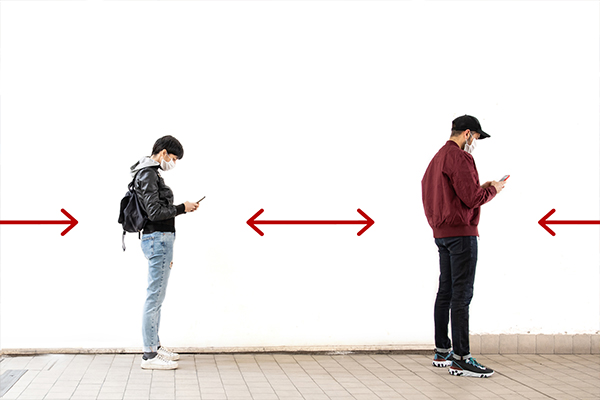How to get kids and teens to take social distancing seriously

In parts of the United States, coronavirus rates among under-18s are almost double adult rates.
Texas Governor Greg Abbott has blamed the state’s COVID-19 spike on people under 30.
In Victoria, that is not the case, but there are concerns youth infection rates may surge if we don’t make sure children and teenagers observe social distancing rules.
Psychologist Michael Carr-Gregg says getting the message through to young people requires a specialised strategy.
“The key is you can’t scare young people straight. You’ve got to understand that yelling at them doesn’t work,” he told Neil Mitchell.
How Michael Carr-Gregg says children can be convinced to social distance:
- Storytelling
“I think we should tell them stories. I think we should arm them with information,” he said.
“Maybe we could talk to them about Italy, where on February 13th there were three cases, no deaths, today 238,000 deaths and 34, 675 deaths.”
- Use social media
“We need specific messaging for young people. Maybe using social media, Tik Tok or something like that.
“If we could find one person who is a social influencer who really makes a big difference to them, who they’ll take credibly, that would be a good idea.
“Celeste Barber is very, very popular, and Turia Pitt … she’s an amazing social influencer.”
- Personalise the issue
The elderly and those with underlying health issues are at greatest risk, while many young people won’t experience symptoms if infected, so remind them of their loved ones who are at greater risk.
“They are probably the first to discount the importance of physical distancing,” Dr Carr-Gregg said.
“The biggest problem, I think, is that they’re less likely than adults to have symptoms.
Press PLAY below for more.















